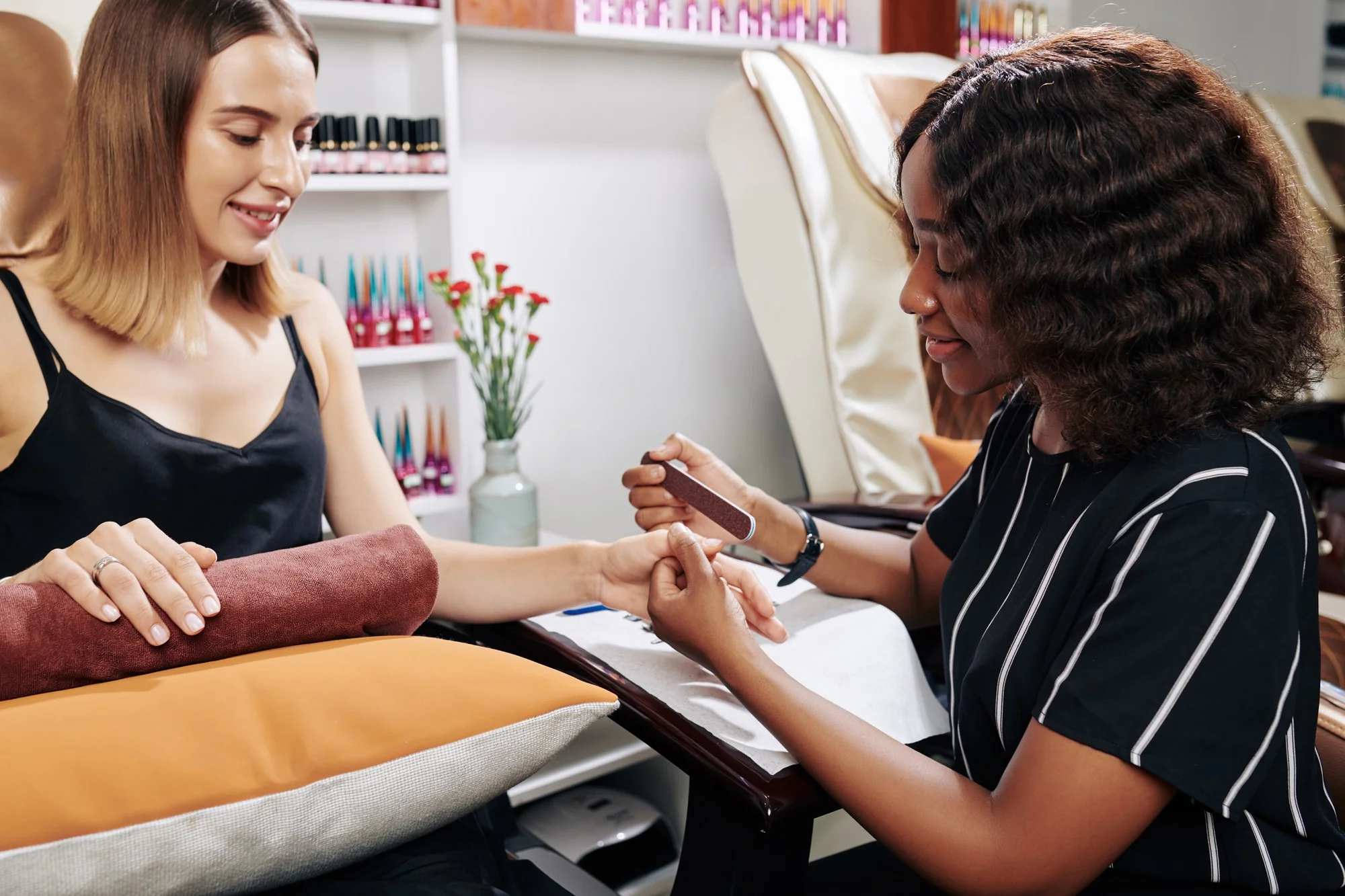Introduction
In the sprawling cityscape of Kampala, Uganda, nestled amongst the businesses that color the urban texture, nail salons have burgeoned as a beacon of burgeoning entrepreneurship and the quest for beauty. The nail cosmetics industry, representing a significant segment of the global beauty sector, is not only key to aesthetic appeal but also a driver of economic activity, especially in developing nations where it plays a critical role in income generation for its workforce. However, beneath the surface of alluring nail art and glossy finishes, a concerning scenario concerning health-related workplace hazards takes center stage. Nail cosmeticians, many of whom operate on a low-income scale, are exposed to an array of hazardous materials in their daily routines. Protective measures and knowledge about the risks associated with these exposures remain sparse, compounding the public health issue further. This extended news article investigates the determinants of such exposures and unveils the layers beneath the nail polish.
Study Overview: Nail Cosmeticians in Kampala
Ostensibly, nail salons are a thriving hub for cosmeticians in Kampala, Uganda’s vibrant capital. Ssempebwa John C. and his colleagues embarked on a laudable study, as documented in the Journal of Environmental and Public Health (DOI: 10.1155/2019/1925863), to dissect the determinants of hazardous material exposure among nail cosmeticians. A meticulous cross-sectional study was conducted involving 243 participants, revealing crucial insights into the risks these workers face.
Exposure Routes and Hazardous Chemicals
An overwhelming majority of 82.7% of the cosmeticians identified inhalation as the primary route of exposure to the chemicals they handle. These hazardous substances typically include toluene, formaldehyde, and dibutyl phthalate among others, known to cause adverse health effects ranging from respiratory irritation to more severe conditions such as occupational asthma and dermatitis.
Educational Levels and Personal Protective Equipment Usage:
One of the study’s revelations was the link between a cosmetician’s education level and their use of personal protective equipment (PPE). Those who had secondary-level education or higher were significantly more likely to don masks, gloves, and aprons, suggesting that education plays a pivotal role in health and safety awareness.
Safety Training and Reduced Health Risks
The provision of safety training on hazardous chemicals was found to significantly influence PPE adherence. The data underscored the importance of training, with cosmeticians who had received education on safety measures being considerably more likely to utilize all four types of PPE assessed in the study – masks, gloves, goggles, and aprons.
Work Experience’s Influence on Safety Practices
Work experience also emerged as an influential factor. Those who had been in the business for over two years were more likely to wear masks, indicating that experience in the industry can lead to increased awareness and safer work practices.
Gender Disparity in the Nail Cosmetics Industry
A gendered lens on the industry showcased a higher male participation rate than traditionally perceived. Males were more engaged in nail cosmetics work than females within the age range of 18-34 years in Kampala, painting an unconventional picture of the workforce composition in this sector.
Call to Action: Training and Policies for Urban Workforce
The study critically highlights the necessity of strategic interventions for this urban workforce. Advocating for targeted training programs, reformation of workplace policies, and a regulatory framework for health and safety, it underscores the need to shield these workers from the invisible threats that lurk in their occupational environment.
Conclusion
The deliberations from this study are a clarion call for concerted efforts to enhance the health and safety of nail cosmeticians in Uganda’s urban areas. It emphasizes an interdisciplinary approach involving education, training, and policy-making to combat the exposure of hazardous materials among workers, promoting a healthier and more informed urban workforce.
References
1. Tsigonia A., Lagoudi A., Chandrinou S., Linos A., Evlogias N., Alexopoulos E. C. (2010). Indoor air in beauty salons and occupational health exposure of cosmeticians to chemical substances. International Journal of Environmental Research and Public Health. doi: 10.3390/ijerph7010314.
2. Quach T., Varshavsky J., Von Behren J., et al. (2013). Reducing chemical exposures in nail salons through owner and worker trainings: an exploratory intervention study. American Journal of Industrial Medicine. doi: 10.1002/ajim.22146.
3. Montgomery R., Stocks S. J., Wilkinson S. M. (2016). Contact allergy resulting from the use of acrylate nails is increasing in both users and those who are occupationally exposed. Contact Dermatitis. doi: 10.1111/cod.12497.
4. Quach T., Nguyen K.-D., Doan-Billings P.-A., Okahara L., Fan C., Reynolds P. (2008). A preliminary survey of Vietnamese nail salon workers in Alameda County, California. Journal of Community Health. doi: 10.1007/s10900-008-9107-7.
5. Ssempebwa J. C., Ndejjo R., Mubeezi R. M. N., Atusingwize E., Musinguzi G. (2019). Determinants of Exposures to Hazardous Materials among Nail Cosmeticians in the Kampala City, Uganda. Journal of Environmental and Public Health. doi: 10.1155/2019/1925863.
Keywords
1. Nail Cosmeticians Uganda
2. Hazardous Materials Exposure
3. Personal Protective Equipment Beauty Industry
4. Occupational Health Nail Salons
5. Nail Cosmetics Safety Training
